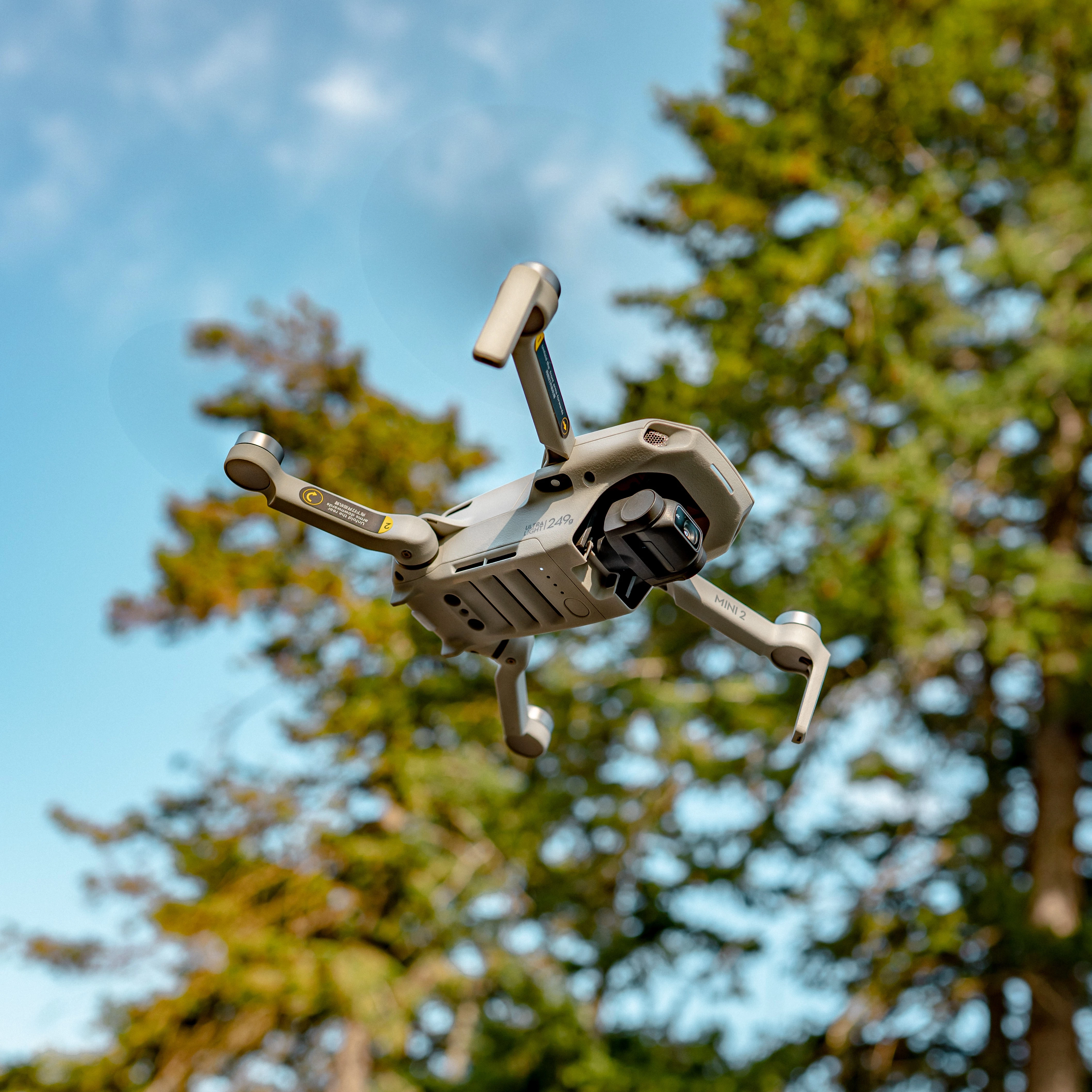
Partner Article
A Root to Market: Why Forestry is a Huge Opportunity for Innovators
Forests have been interwoven into the fabric of our society for centuries, and in our region – much of which is rural - we are lucky to be surrounded by large swathes of woodland. However, Forestry as a sector passes many of us by, particularly when it comes to innovation opportunities.
A key distinction in forestry is the difference between unmanaged and managed woodlands. When woodlands are actively managed in a sustainable fashion, it is proven to increase the quantity and quality of environmental, social, and economic benefits, including carbon sequestration and biodiversity.
In the North East and Yorkshire regions alone, there is currently 74,000ha of unmanaged woodland. Managing just 10% of currently unmanaged woodland has the potential to release nearly £1m into local economies whilst simultaneously improving the environmental value of woodlands.
However, the lack of woodland management is often not the fault of woodland owners, rather that they face a range of barriers to woodland management in the region. One major theme is a lack of detailed site-specific information around woodland stocks (species, age, size), hazards, and other environmental characteristics that can inhibit woodland owners’ capacity to carry out management activities. For example, the lack of detailed woodland maps increases the costs, risks, and ability for management activities to be carried out.
Where such challenges exist, there are also innovation opportunities. A good example of this is myForest, a digital platform developed by Oxfordshire-based charity, Sylva Foundation, which features georeferenced maps in order to overcome difficulties in woodland mapping. By giving owners and managers a tool to more accurately plot their woodlands which can be used to inform management plans and activities, they can carry out their work more efficiently, reducing the need for specialist knowledge while incorporating these mapping practices into their everyday creation and management processes.
Further afield, other innovation and technology in forestry is being implemented across Europe and other large forestry markets such as Canada. This includes:
- Remote sensing, including LiDAR (light detection and ranging)
- Satellite technologies with higher resolution 3D imagery to focus on individual tree types
- Drones / Unmanned Aerials Vehicles (UAVs) for imagery, video capture, LiDAR data and being used for harvesting
- Augmented Reality (AR) to measure tree diameters and heights
- Artificial Intelligence (AI) for high quality data processing and analysis
- Web-based apps to help educate and inform decision makers
Use of such technology demonstrates not only the potential for our region to adopt greater innovation to better manage our woodlands, but also that this can be undertaken locally. By tapping into existing technology networks in our region and creating awareness of the opportunities that cross-sector collaboration can bring to forestry, a new market could be opened to our innovators.
This article was written by Rosanna Curtis, Project Manager for the Northwoods Woodland Management programme.
This was posted in Bdaily's Members' News section by Ben Moore .
Enjoy the read? Get Bdaily delivered.
Sign up to receive our daily bulletin, sent to your inbox, for free.








 How to make your growth strategy deliver in 2026
How to make your growth strategy deliver in 2026
 Powering a new wave of regional screen indies
Powering a new wave of regional screen indies
 A new year and a new outlook for property scene
A new year and a new outlook for property scene
 Zero per cent - but maximum brand exposure
Zero per cent - but maximum brand exposure
 We don’t talk about money stress enough
We don’t talk about money stress enough
 A year of resilience, growth and collaboration
A year of resilience, growth and collaboration
 Apprenticeships: Lower standards risk safety
Apprenticeships: Lower standards risk safety
 Keeping it reel: Creating video in an authenticity era
Keeping it reel: Creating video in an authenticity era
 Budget: Creating a more vibrant market economy
Budget: Creating a more vibrant market economy
 Celebrating excellence and community support
Celebrating excellence and community support
 The value of nurturing homegrown innovation
The value of nurturing homegrown innovation
 A dynamic, fair and innovative economy
A dynamic, fair and innovative economy